Increasing Healthcare Expenditure
The rise in healthcare expenditure across various regions is contributing to the growth of the Esophageal Stents Market. As governments and private sectors invest more in healthcare infrastructure, the availability of advanced medical technologies, including esophageal stents, is improving. Data suggests that healthcare spending is projected to increase by approximately 5% annually, leading to enhanced access to innovative treatment options. This financial commitment allows for better training of healthcare professionals and the procurement of state-of-the-art medical devices. Consequently, the expansion of healthcare services is likely to drive the adoption of esophageal stents, as more patients gain access to necessary treatments. The correlation between increased healthcare spending and the growth of the esophageal stent market is becoming increasingly evident.
Rising Incidence of Esophageal Disorders
The increasing prevalence of esophageal disorders, such as esophageal cancer and strictures, is a primary driver for the Esophageal Stents Market. According to recent data, esophageal cancer cases have been on the rise, with an estimated increase of 3.5% annually. This trend necessitates effective treatment options, including the use of stents to alleviate symptoms and improve patient quality of life. As healthcare providers seek to address these growing health concerns, the demand for esophageal stents is expected to surge. Furthermore, the aging population is more susceptible to these conditions, further amplifying the need for innovative solutions in the Esophageal Stents Market. The convergence of these factors suggests a robust growth trajectory for the market in the coming years.
Technological Innovations in Stent Design
Technological advancements in stent design and materials are significantly influencing the Esophageal Stents Market. Innovations such as biodegradable stents and those with enhanced flexibility and biocompatibility are gaining traction. These advancements not only improve patient outcomes but also reduce the risk of complications associated with traditional stents. The introduction of smart stents, which can monitor esophageal conditions in real-time, is also on the horizon. As these technologies evolve, they are likely to attract more healthcare providers to adopt stenting procedures, thereby expanding the market. The integration of advanced materials and design features is expected to enhance the efficacy of esophageal stents, making them a preferred choice in clinical settings.
Growing Demand for Minimally Invasive Procedures
The shift towards minimally invasive procedures is a significant driver for the Esophageal Stents Market. Patients and healthcare providers increasingly favor techniques that reduce recovery time and minimize surgical risks. Stenting procedures, which can often be performed endoscopically, align with this trend, offering effective treatment options without the need for extensive surgery. Market data indicates that the minimally invasive surgery segment is projected to grow at a compound annual growth rate of 6.2% over the next five years. This growth is likely to be fueled by the rising awareness of the benefits of such procedures, including shorter hospital stays and quicker return to normal activities. As the healthcare landscape continues to evolve, the demand for esophageal stents as a minimally invasive solution is expected to rise.
Rising Awareness and Education on Esophageal Health
The growing awareness and education regarding esophageal health are pivotal in driving the Esophageal Stents Market. Campaigns aimed at educating the public about esophageal disorders and their treatment options are becoming more prevalent. This increased awareness is likely to lead to earlier diagnosis and treatment, thereby boosting the demand for esophageal stents. Healthcare organizations are actively promoting screening and preventive measures, which could result in a higher number of patients seeking stenting procedures. Furthermore, as patients become more informed about their treatment options, they may advocate for stenting as a viable solution for their conditions. This trend suggests a positive outlook for the esophageal stent market, as informed patients are more likely to pursue effective interventions.


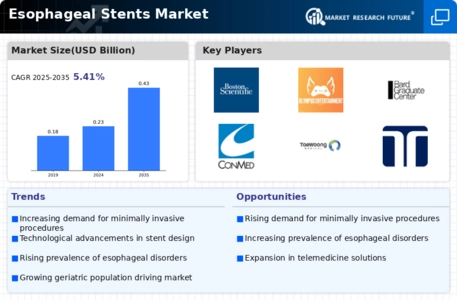
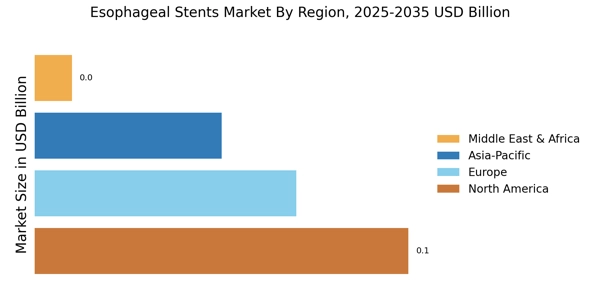
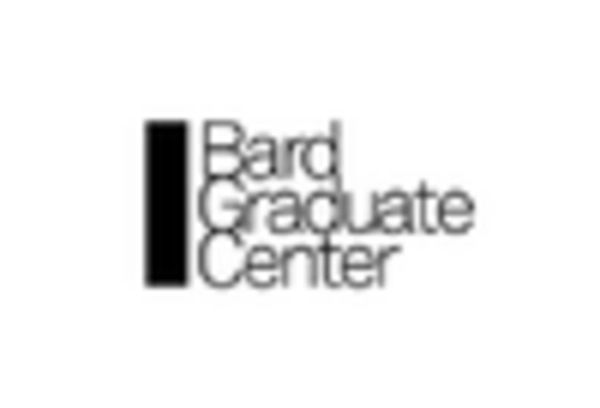

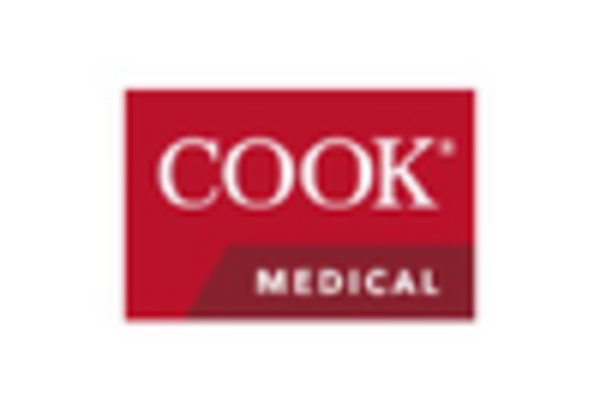
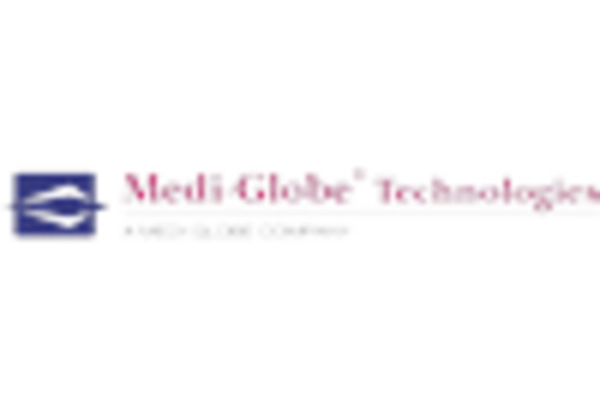

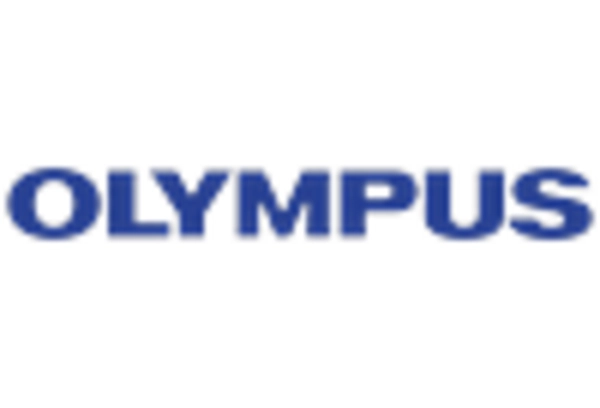








Leave a Comment